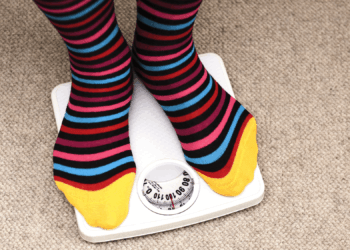The sky glowed a feverish orange when the flames in the mountain forests of Chiang Mai, Thailand, were at their worst in March 2019. Thick plumes of smoke seeped into Achim Haug’s house. Eyes stinging and throats sore, he, his wife and their two children moved into one room, turned on their three air purifiers and sealed the wooden window frames with yellow painter’s tape.
Like many parents in Chiang Mai, Mr. Haug checked public air pollution websites hourly during the most polluted days. The main source back then — aqicn.org, a platform that mostly used sensor data from the Thai government — showed that the city’s air quality index was frequently hovering above 300, a level many authorities consider hazardous.
But Mr. Haug was troubled by not knowing the quality of the air flooding into his home. “I felt pretty helpless about the health of my family,” he said.
The World Health Organization says that air pollution is the biggest global environmental risk factor to human health. The most deadly air pollutant, PM 2.5, comprises particles tiny enough to penetrate the lungs and the bloodstream, contributing to seven million premature deaths each year. Multiple studies have shown that these particles also put people at greater risk of conditions such as lung cancer, stroke and heart disease.
Global data asymmetry is a major challenge: Some of the most polluted countries in Africa have far less data than some of the cleanest in Europe. But advances in low-cost sensor technology have widened access to air pollution data, putting new tools into the hands of everyday citizens hungry to understand and improve the air quality where they live.
The post People Need Clean Air. To Get It, They Need Clear Data. appeared first on New York Times.




